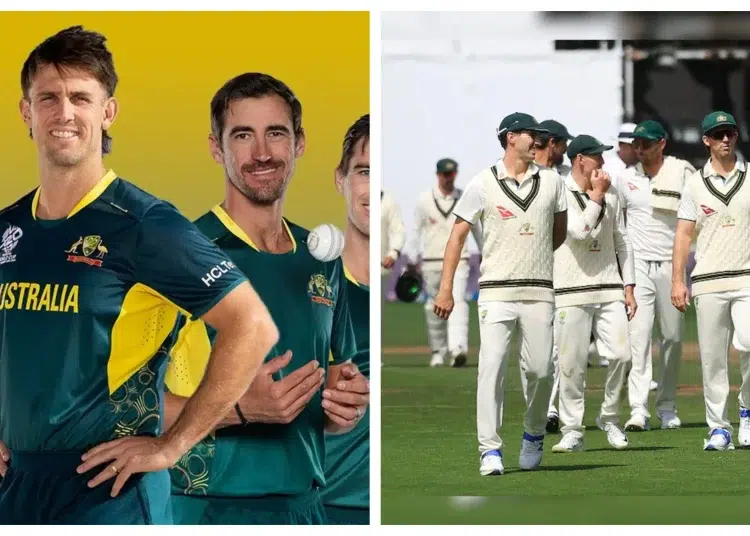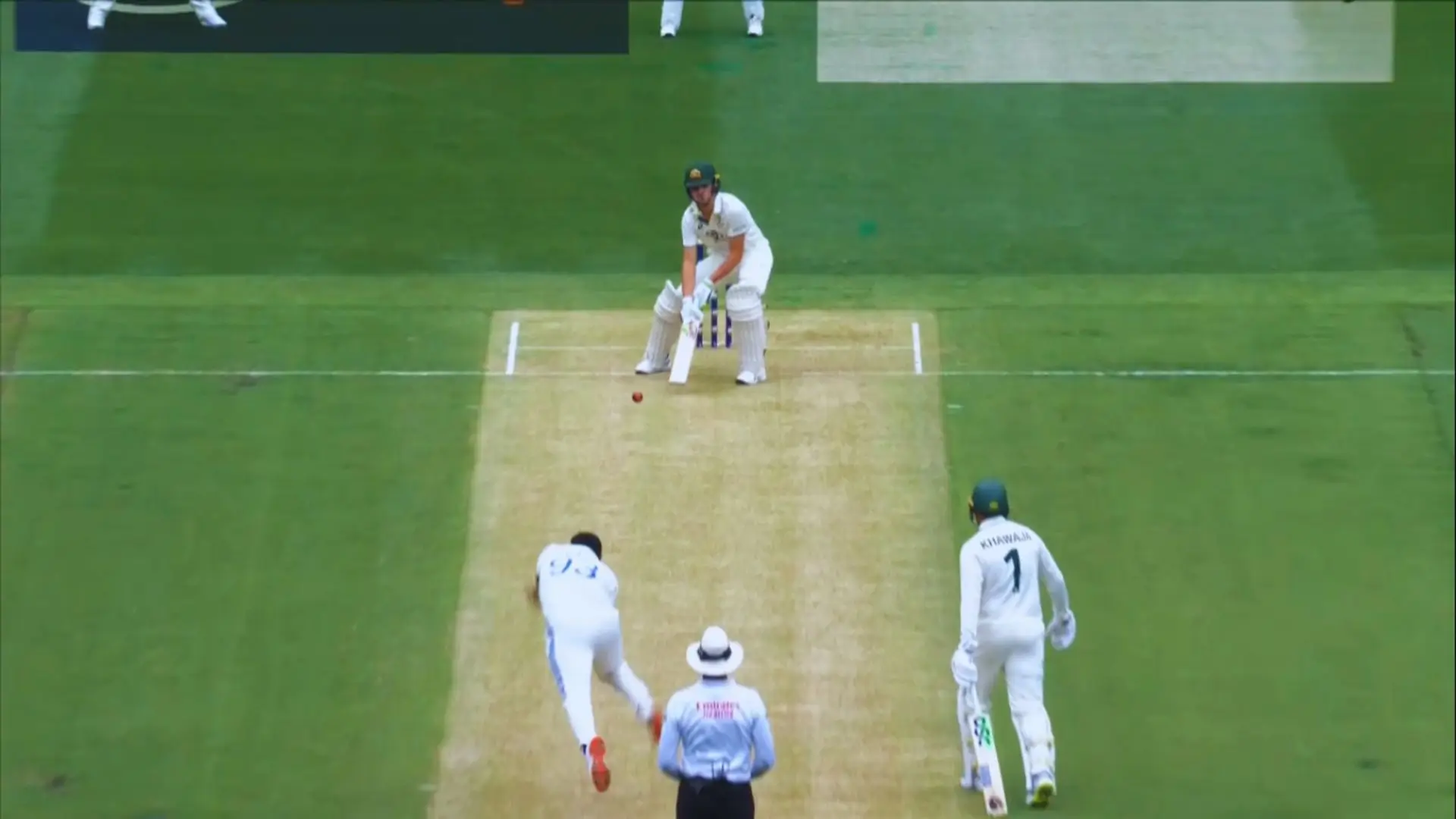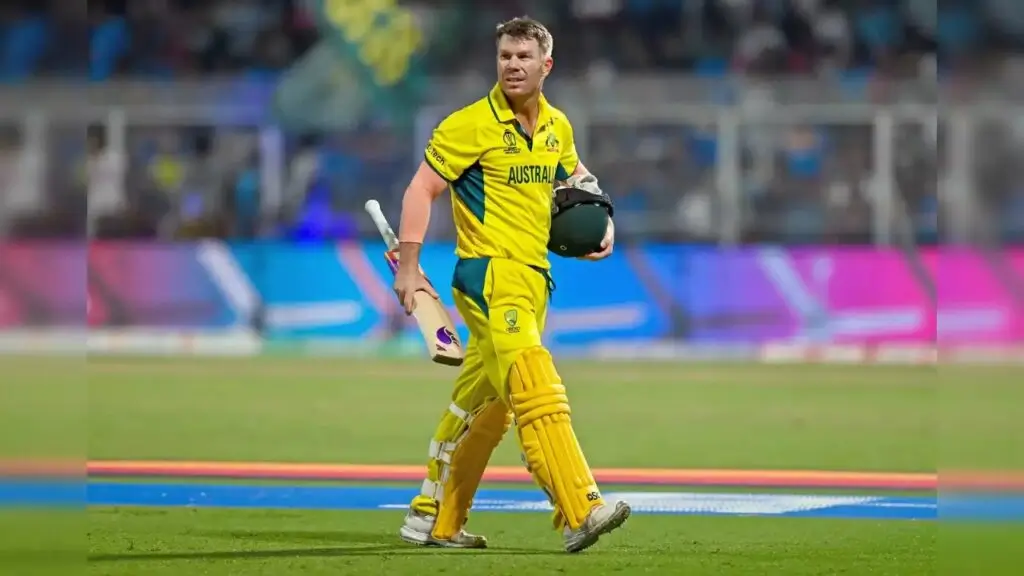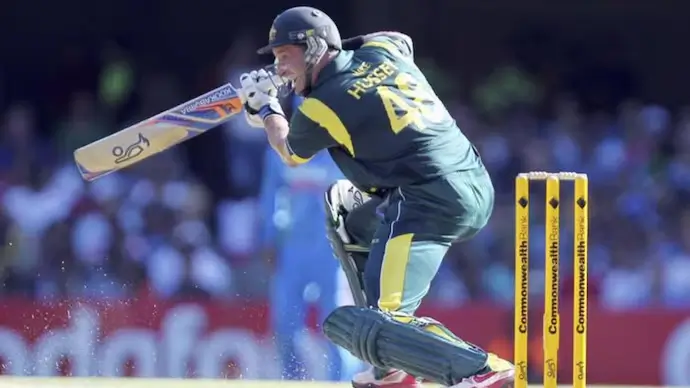Australia is a cricketing giant, dominating both Test matches and T20 showdowns with flair. Their ability to switch gears between formats is no fluke—it’s a craft honed over decades. This article peels back the layers of Australia’s Cricket and their Test and T20 strategies, spotlighting the domestic system that fuels their success. From the gritty Sheffield Shield to the dazzling Big Bash League, Australia’s cricket ecosystem is a goldmine for talent.
In each format, we’ll break down their batting, bowling, and fielding approaches. Curious how they prep for five-day marathons or 20-over sprints? Stick around for a comparison table and expert analysis. Whether you’re a fan or a strategist, this deep dive into Australian cricket will hook you. Let’s uncover what makes them tick!
Test vs T20: A Head-to-Head Breakdown
| Element | Test Cricket | T20 Cricket |
|---|---|---|
| Batting Style | Gritty, patient, session-long stands | Explosive, boundary-heavy, risk-taking |
| Bowling Plan | Tight, probing, multi-over setups | Varied, deceptive, death-over focus |
| Fielding Vibe | Steady, pressure-building, slip-heavy | Fast, flashy, boundary-saving dives |
| Player Picks | Stamina, focus, all-round skills | Flair, specialists, game-changers |
| Domestic Base | Sheffield Shield: endurance training | Big Bash League: T20 flair factory |
This table bears Australia’s cricket DNA split—two formats, two worlds.
How Australia Masters Test Cricket?
Test cricket is the most brutal battleground, and Australia thrives in its grind. Their strategy hinges on outlasting opponents with disciplined play and innovative tactics. It’s a slow burn—think marathon, not sprint—where every session counts. The Sheffield Shield, their first-class crucible, sharpens players for this challenge. Batsmen dig in for the long haul, bowlers plot over by over, and fielders stay relentless because of their good Domestic Structure, like India.
This approach has cemented Australia’s reputation as Test titans. As per ESPN, their test win rate since 2000 has hovered above 60%, which screams dominance. Their secret? A mix of patience, skill, and a system that breeds resilience.
Batting: The Art of Endurance
Australian Test batsmen are built to endure, not just survive. They focus on grinding out runs, often batting for hours to break the opposition’s spirit. It’s about leaving the right balls and pouncing on mistakes. Think Steve Smith’s marathon knocks—gritty, not flashy. The tail often chips in too, frustrating bowlers further. This stamina stems from Sheffield Shield battles, where long innings are the norm. It’s a mindset: team over self, every run a brick in the wall like the Indian team with a champion mindset, winning the CT 2025.
Bowling: Precision Meets Persistence
In Tests, Australian bowlers are surgeons with a cricket ball. They bowl tight lines, probing for weaknesses over long spells. Pace stars like Pat Cummins mix aggression with control, while spinners like Nathan Lyon build pressure. It’s a game of chess, setting traps across the board. According to Cricket Australia stats, their bowlers average over 50 wickets per series since 2015. The Shield’s tough pitches teach them to adapt, making them lethal anywhere.
Fielding: Stamina and Sharpness
Fielding in Tests demands focus for days, and Australia nails it. Their slip cordon is a fortress, easily snaring edges—think Ricky Ponting’s prime. Boundary riders hustle to save runs, wearing down batsmen mentally. It’s not just skill; it’s stamina and teamwork. David Warner, Marsh, and Maxwell are good fielders. The Sheffield Shield hones this grit, ensuring fielders thrive in the heat. This relentless pressure often sparks collapses.
Australia’s Cricket Blueprint in T20
T20 cricket flips the script, and Australia embraces the chaos with gusto. It’s fast, fierce, and unforgiving—strategy is about impact. The Big Bash League (BBL) fuels this fire, churning out players ready to explode. Batsmen swing for the fences, bowlers bank on tricks, and fielders become acrobats. As BBC Sport notes, Australia’s T20 World Cup win in 2021 showcased this flair. Their approach? Strike hard, adapt fast, and never blink. It’s a high-wire act that’s paid off big. However, they lost in the semi-finals in CT 2025.
Batting: Power and Pizzazz
T20 batting in Australia is a fireworks show. Players like David Warner unleash brutal power, targeting boundaries from ball one. Innovation rules—scoops, ramps, you name it. The BBL’s fast tracks and big crowds breed this boldness. It’s about maximizing every over, even if it means risking your wicket. The goal? Set or chase monster totals with swagger. This aggression keeps bowlers guessing.
Bowling: Crafty and Clutch
Australian T20 bowlers thrive on deception and clutch moments. They mix pace with slower balls, nailing yorkers in the death overs. Think Josh Hazlewood’s cunning variations. The BBL’s pressure cooker teaches them to handle crunch situations. Statistics from Cricket Australia show that its economy rates have dipped below 7.5 in T20Is since 2018. It’s less about long spells, more about instant impact. Adaptability is their edge, like Zimbabwe in the T20, shown in Harare.
Fielding: Athleticism Unleashed
In T20s, Australian fielders are pure athletes—think Glenn Maxwell’s stunners. They dive, sprint, and throw with pinpoint accuracy to stop runs. The BBL’s electric vibe sharpens these reflexes. Positioning is aggressive, aiming for run-outs or catches. It’s high-energy stuff, flipping games in a flash. This dynamism pairs perfectly with their bowling plans.
The Domestic Engine Behind Australia’s Cricket Success
Australia’s cricket supremacy isn’t luck—it’s engineered by a killer domestic setup. The Sheffield Shield and Big Bash League are twin pillars, each feeding a different beast. One builds Test warriors; the other crafts T20 dynamos. This system ensures a talent pipeline that’s the envy of the world. As Wikipedia notes, the Shield dates back to 1892, while the BBL’s rise since 2011 has been meteoric. Together, they balance tradition and innovation. It’s why Australia churns out stars like South Africa for big tournaments.
Sheffield Shield: Test Cricket’s Forge
The Sheffield Shield is where Test dreams take shape. Four-day matches test endurance, technique, and guts—perfect for the red-ball game. Youngsters face seasoned pros, learning to bat long or bowl smart. Per Cricket Australia, over 70% of Test debutants since 2010 came through this league. It’s a proving ground that mirrors international demands. No wonder Australia’s Test core is rock-solid.
Big Bash League: T20’s Launchpad
The BBL is Australia’s T20 playground, buzzing with energy and talent. It’s short, sharp, and global—drawing stars and fans alike. Players master power-hitting and death bowling under lights. As per government tourism data, the league boosts local economies by millions yearly. It’s a finishing school for T20 specialists, propelling them to the world stage. The BBL’s vibe is pure rocket fuel and producing godfathers of shorter formats.
FAQ
How does Australia prepare for Test cricket? They lean on the Sheffield Shield’s grueling four-day format. It’s a boot camp for patience and skill. Players emerge battle-ready.
What makes the Big Bash League successful? It mixes local talent, global stars, and fan-friendly vibes. The BBL’s short games pack a punch. It’s cricket’s rock concert.
Why is Australia so good at both formats? Their domestic split—Shield for Tests, BBL for T20s—nails it. Talent gets tailored to each game’s needs. Depth is their superpower.
Conclusion
Australia’s cricket prowess in Tests and T20s is a tale of two strategies, perfectly executed. Tests demand grit and guile, T20s crave flair and fury—Australia delivers both. Their domestic machine, with the Sheffield Shield and Big Bash League, is the backbone of this success. It’s a system that churns out players who can bat all day or blast sixes on demand. This article has unpacked their tactics, from batting blueprints to fielding finesse.
For fans, it’s a peek behind the curtain of a champion nation. Australia’s not just playing cricket—they’re redefining it. Which format do you think rules supreme?







